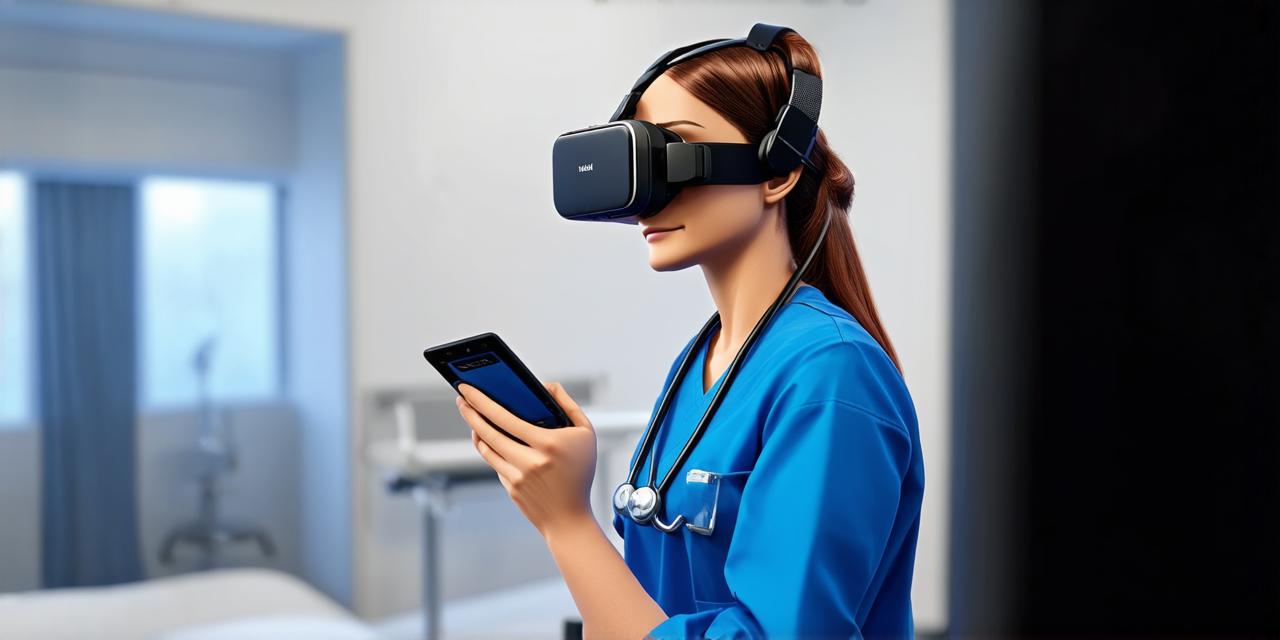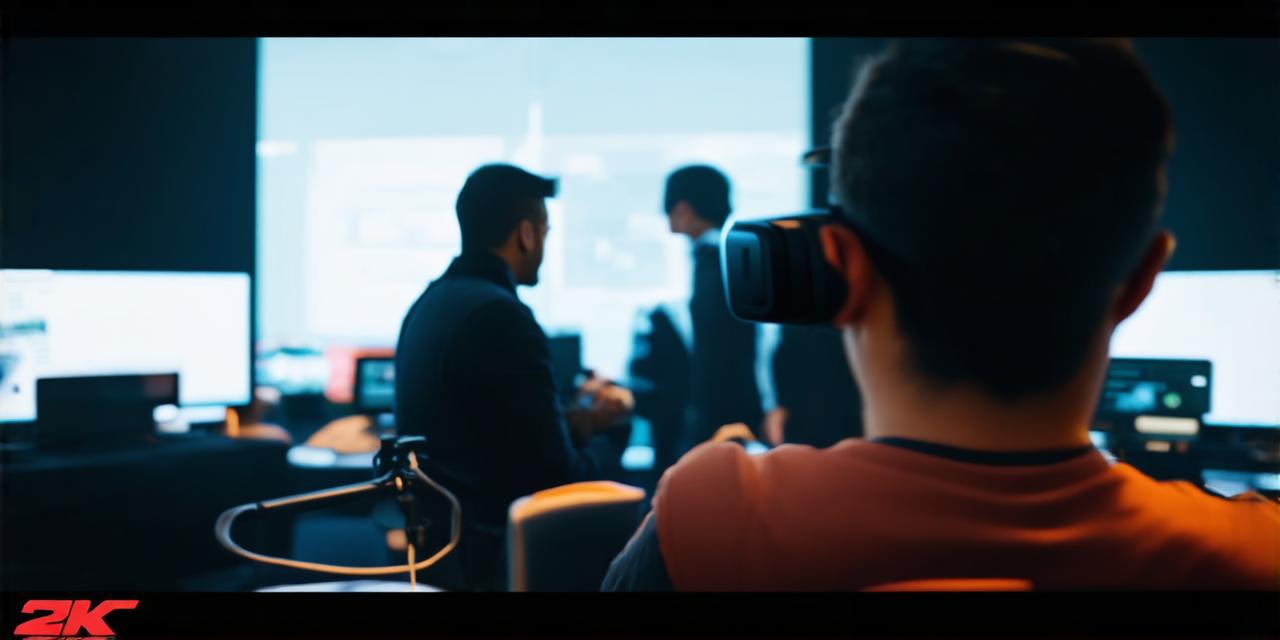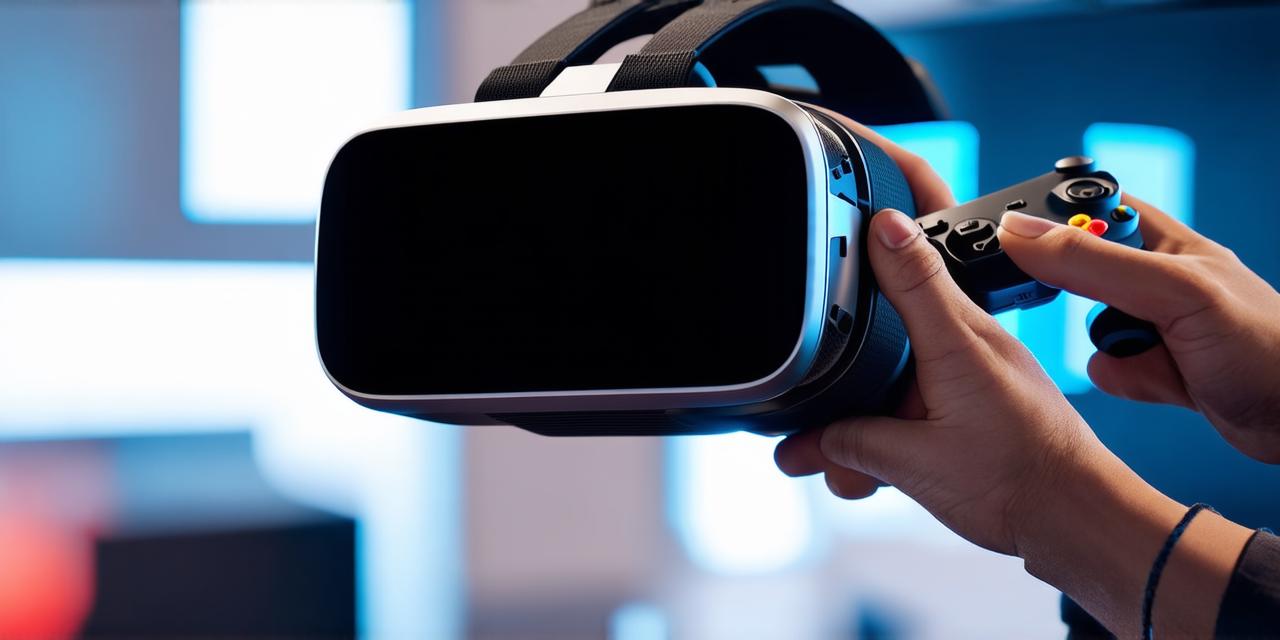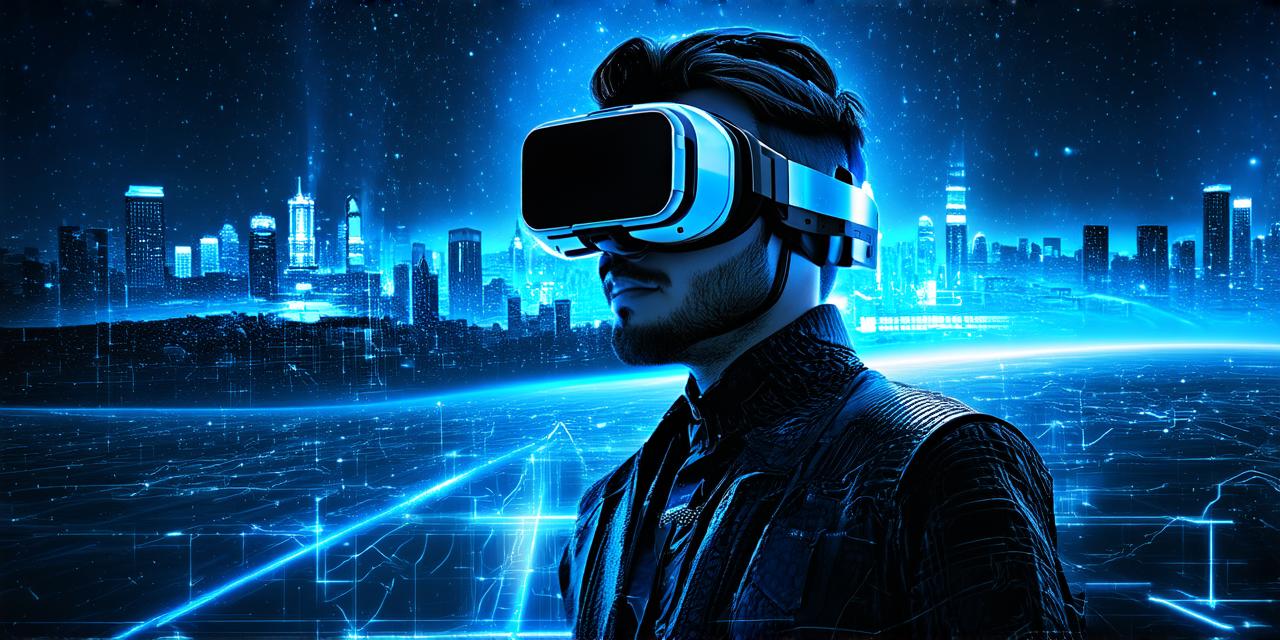Over the past few years, virtual reality (VR) technology has gained significant attention as a potential solution to various challenges in healthcare. VR is a powerful tool that can be used to create immersive experiences for patients, healthcare professionals, and researchers alike. In this article, we will explore how VR can be utilized in healthcare settings, highlighting some of the most promising applications and their potential impact on patient outcomes.
Virtual Reality for Pain Management
One of the most well-established uses for VR in healthcare is pain management. The immersive nature of VR technology provides a distraction from real-world pain and can help reduce the perception of discomfort. A study published in the Journal of Medical Internet Research found that VR therapy was effective in reducing pain in cancer patients undergoing chemotherapy. Additionally, VR can be used to create customized pain management programs for individual patients, allowing them to tailor their experience to their unique needs and preferences.
Virtual Reality for Mental Health
Another area where VR technology has shown great potential is in mental health treatment. VR can be used to create simulated environments that mimic real-world situations, allowing patients to confront and overcome phobias or anxieties in a safe and controlled setting. A study published in the Journal of Clinical Psychiatry found that VR exposure therapy was effective in reducing symptoms of post-traumatic stress disorder (PTSD) in veterans. Additionally, VR can be used to create relaxation programs for patients with conditions such as depression or anxiety, helping them to find inner peace and improve their overall wellbeing.
Virtual Reality for Training Healthcare Professionals
VR technology can also be used to train healthcare professionals in a variety of settings, including surgery, emergency response, and patient care. The immersive nature of VR allows for realistic simulations that can help doctors and nurses practice and perfect their skills without the risk of harming real patients. A study published in the Journal of the American Medical Association found that surgeons who trained using VR were more likely to make accurate incisions during actual surgeries. Additionally, VR can be used to create patient simulations that allow healthcare professionals to practice communication and interpersonal skills, helping them to better serve their patients.
Virtual Reality for Medical Education
VR technology also has the potential to revolutionize medical education by providing students with immersive learning experiences that are both engaging and informative. VR can be used to create virtual labs and classrooms where students can learn about anatomy, physiology, and other medical concepts in a way that is both interactive and hands-on. A study published in the Journal of Medical Internet Research found that VR-based medical education programs were effective in improving student knowledge and retention rates. Additionally, VR can be used to create simulations of surgical procedures and other medical scenarios, allowing students to practice their skills in a safe and controlled environment.
Virtual Reality for Research
Finally, VR technology has the potential to revolutionize medical research by providing researchers with new tools for studying disease and developing treatments. VR can be used to create virtual models of organs and tissues, allowing researchers to study their function and behavior in a way that is both accurate and non-invasive. Additionally, VR can be used to create simulations of clinical trials and other research studies, allowing researchers to test new drugs and treatments before they are tested on real patients. A study published in the journal Nature found that VR-based medical research was effective in identifying new drug targets for a variety of diseases.
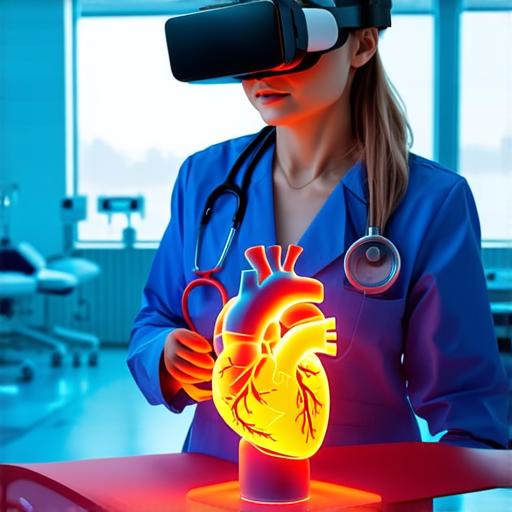
Summary
In conclusion, virtual reality technology has the potential to revolutionize healthcare by improving patient outcomes, training healthcare professionals, and advancing medical education and research.
